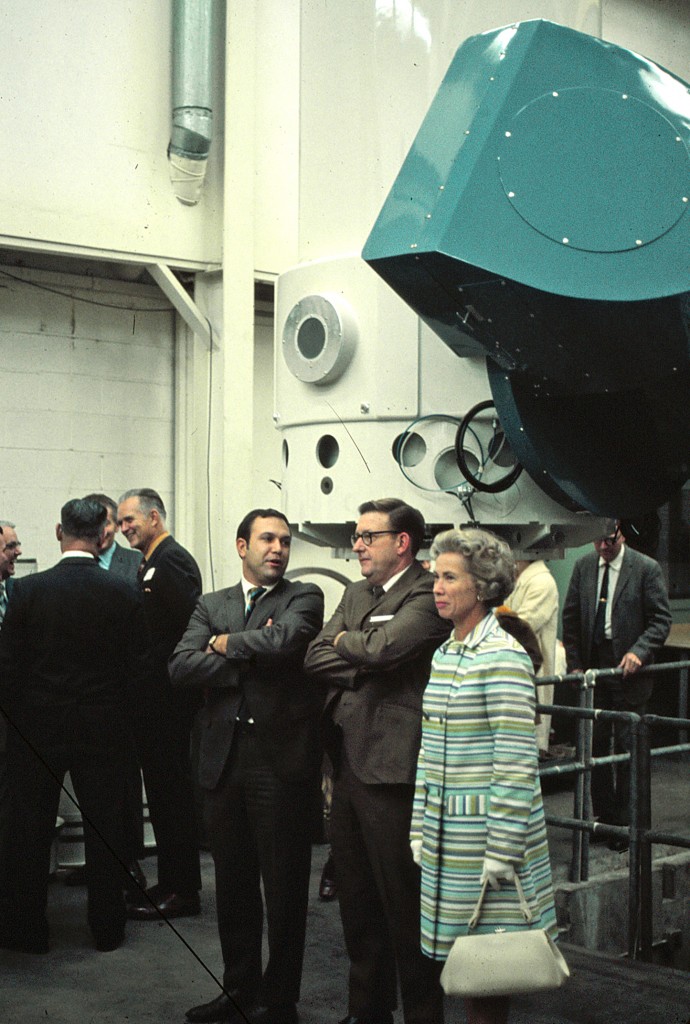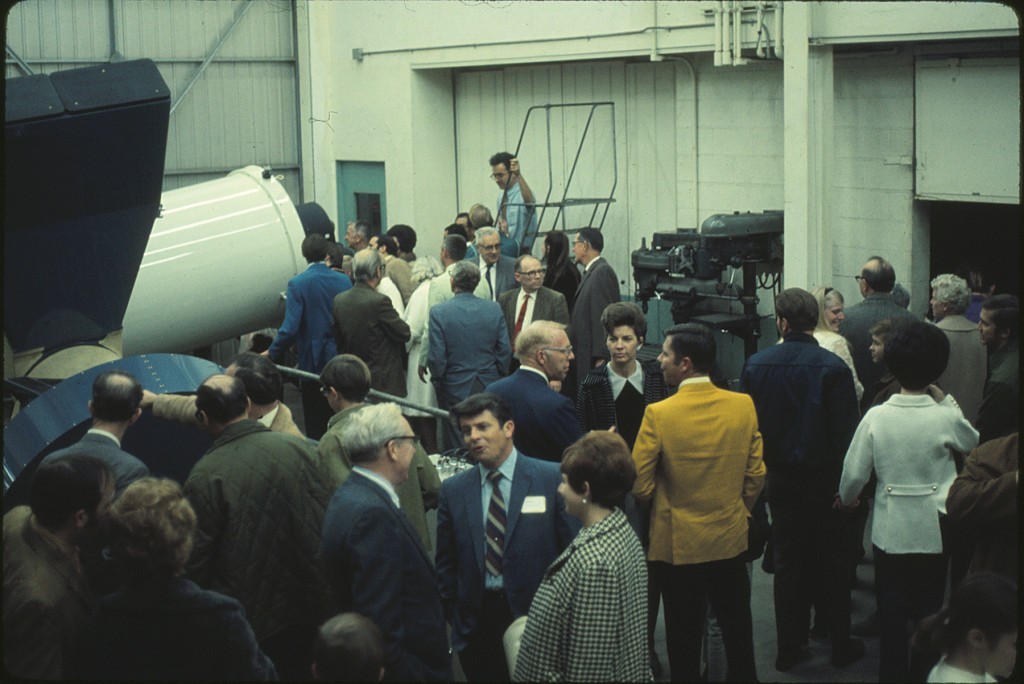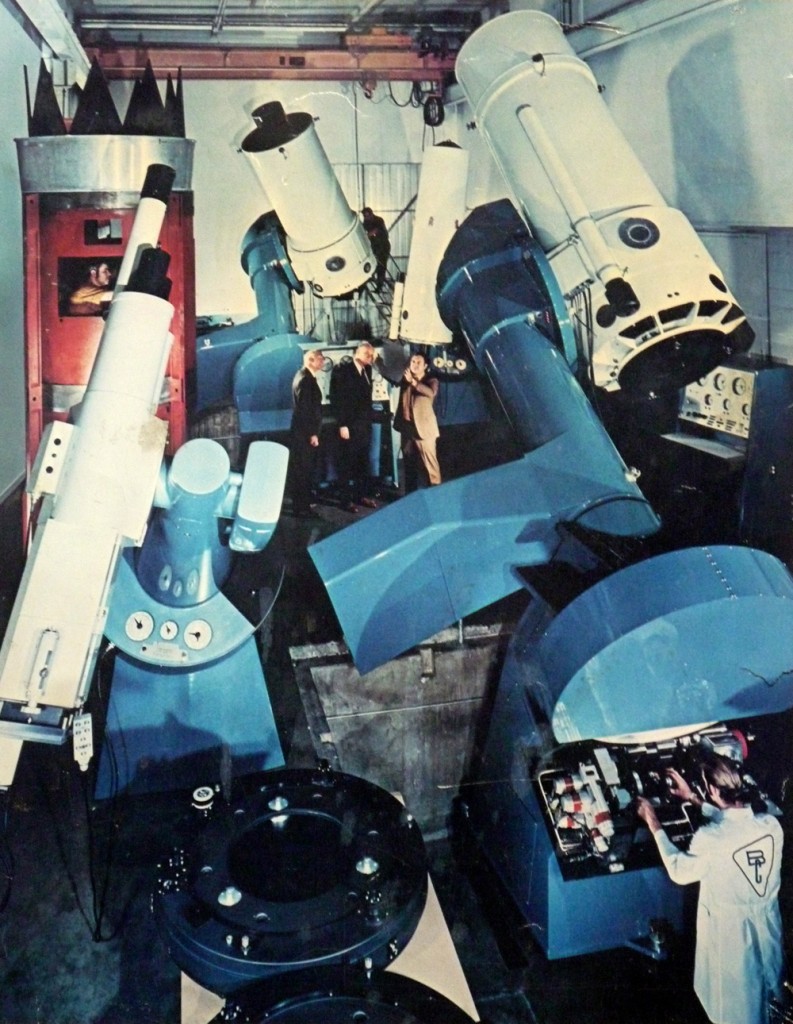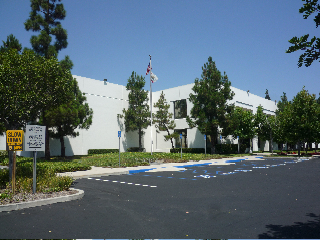

In the early 1980’s, the Boller and Chivens division of Perkin Elmer combined with the Perkin Elmer’s Applied Optics Division that was located in Costa Mesa, California. The division was named, Applied Optics Division of Perkin Elmer. The Applied Optics Division had for a number of years been grinding and polishing all of Boller and Chivens’ telescope mirrors up to 40 inches in diameter. The Applied Optics Division also had many government and non-government contracts for producing all types of small and large optics from many exotic materials.
Due to the combination of these two divisions, one last expansion was made. Don Winans, in 1979, was assigned the project for designing a building with an architect combining the South Pasadena Boller and Chivens Division with the Costa Mesa Applied Division into one operation.
Perkin Elmer owned 40 acres of land in Garden Grove, California. Another Perkin Elmer division occupied one-half of the 40 acres and the other half was then growing strawberries.
A 108,000 square foot building was specially designed for occupancy for combining the Boller and Chivens Division and the Applied Optics Division. The new building housed all the optical grinding and polishing machines.
The new building had a large anti-vibration optical test tunnel and a full optical coating facility.
A large assembly area including a pit for assembling large telescopes with a rolling roof section for testing telescopes was included in its design for the continuation of Boller and Chivens’ astronomical instruments and telescope production. Unfortunately this area was never used for its intended purpose. The last telescope that Boller and Chivens ever produced was delivered in 1980.
The Boller and Chivens’ expertise involved in the design and manufacturing of professional astronomical telescopes ended in the late 1980’s with the sudden demise of Boller and Chivens’ telescope marketing director, Larry Burris. Unfortunately no more telescopes were ever made with the Boller and Chivens’ name plate on them after the Perkins Elmer move to Garden Grove, California.
When the new building was completed, new government contracts came in resulting in the manufacture of military optical devices such as navy aircraft heads-up displays, Abrams tank periscope mirrors, and Star Wars design activities.
In the following years, Perkin Elmer East Coast management decisions negated seeking any projects that might contain any profit/loss possibilities from acquiring any major telescope projects. This resulted in the ending the Boller and Chivens reign of more than forty-years for supplying most of the world’s superior astronomical instruments.
 One of the first telescopes at Mauna Kea, Hawaii. It has been decommissioned. For more information visit the University of Hawaii website
One of the first telescopes at Mauna Kea, Hawaii. It has been decommissioned. For more information visit the University of Hawaii website
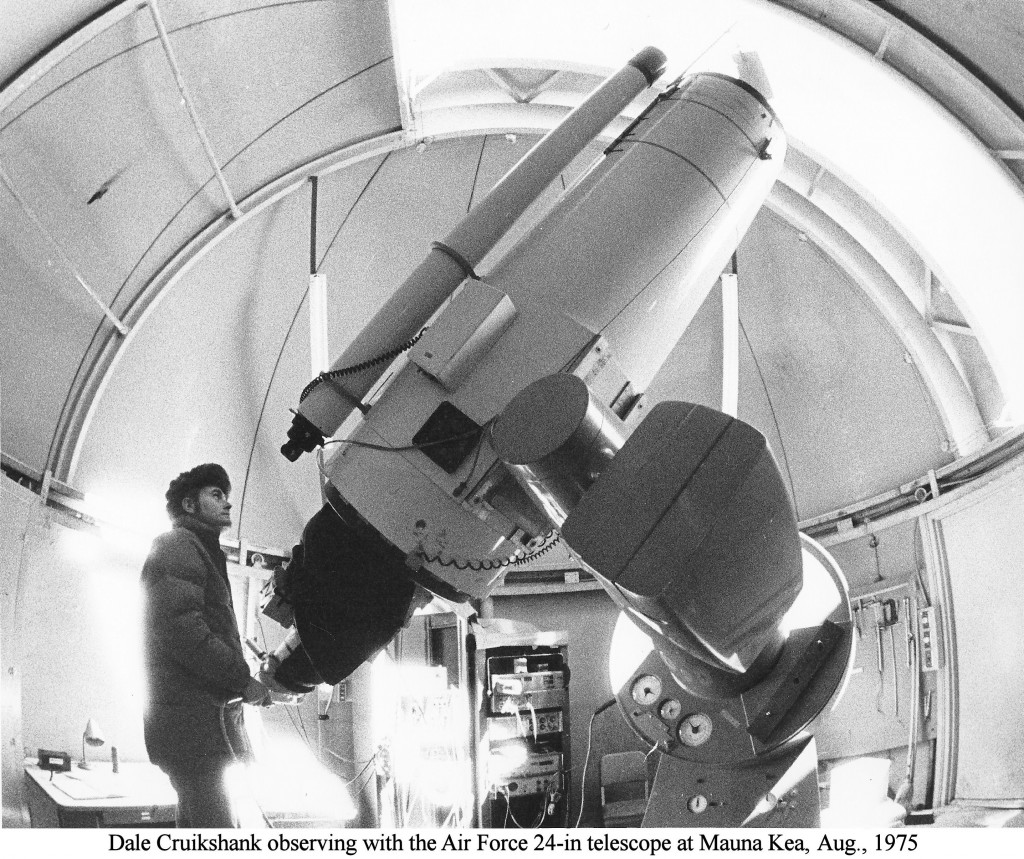
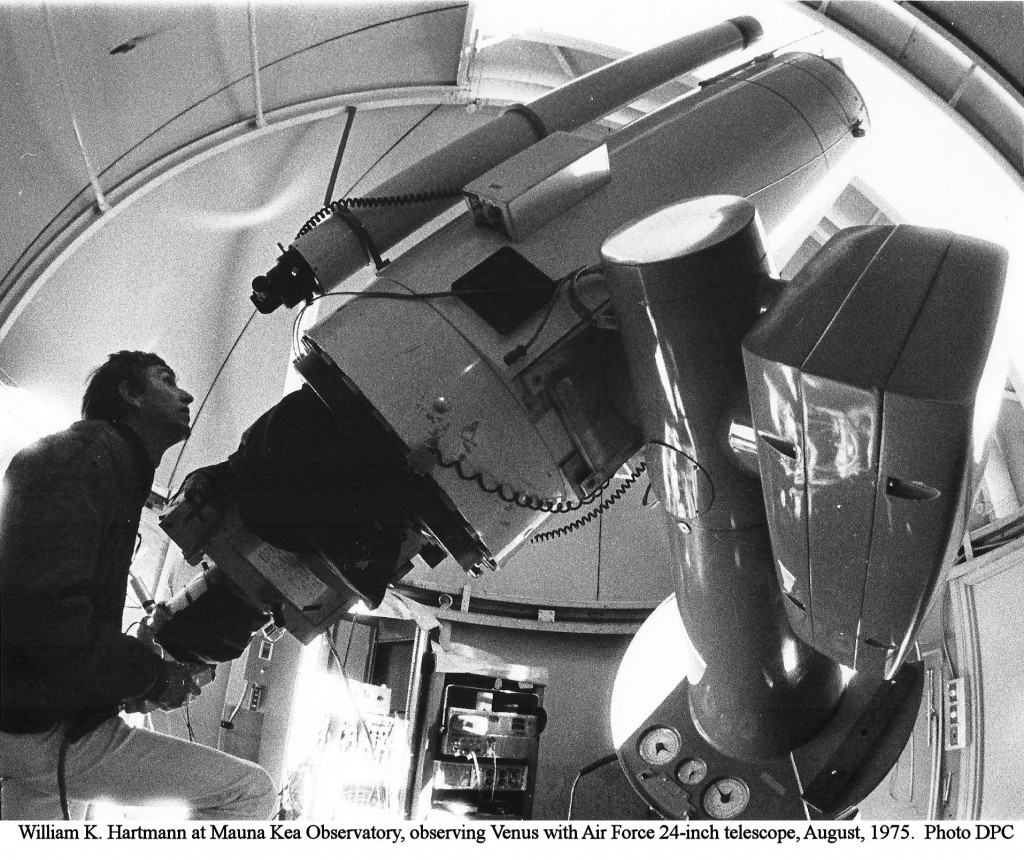

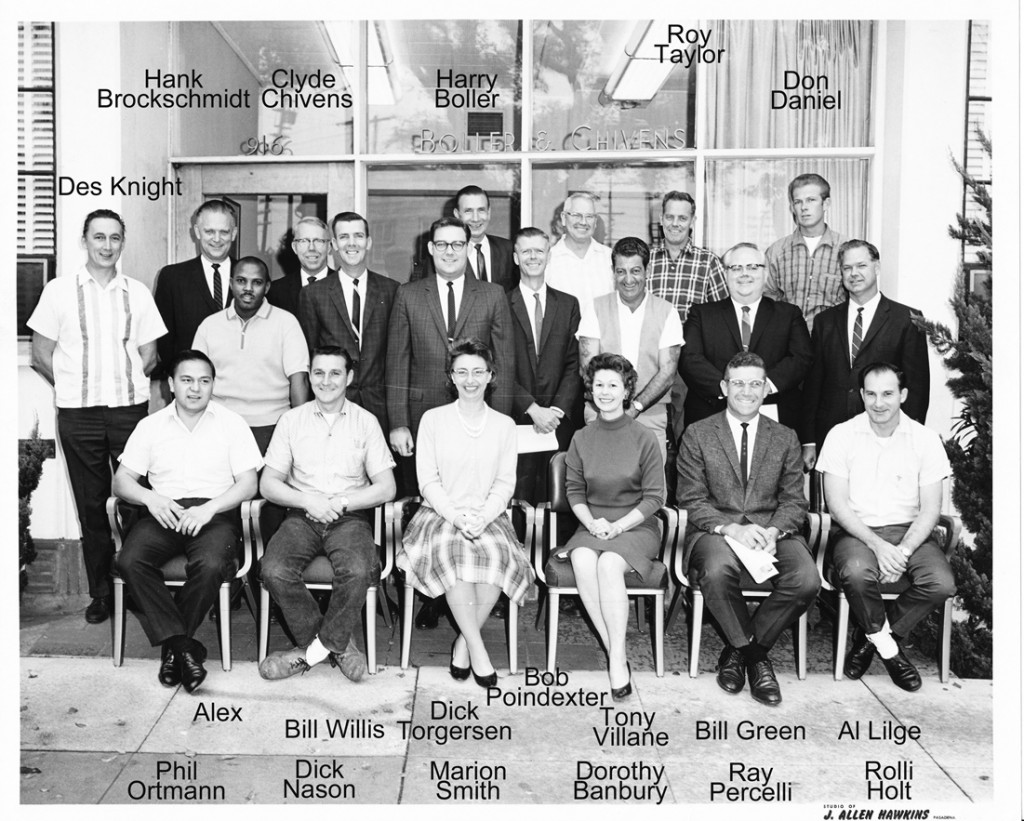
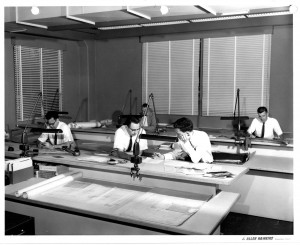
 The Telescope is a 120-inch (3.0 meters) reflecting telescope located at the Lick Observatory on Mount Hamilton in California. At the time of installation it was the second largest telescope in the World. The largest at the time was the enormous 200 inch Palomar Hale Telescope. Later the Lick telescope was named the C. Donald Shane telescope.
The Telescope is a 120-inch (3.0 meters) reflecting telescope located at the Lick Observatory on Mount Hamilton in California. At the time of installation it was the second largest telescope in the World. The largest at the time was the enormous 200 inch Palomar Hale Telescope. Later the Lick telescope was named the C. Donald Shane telescope.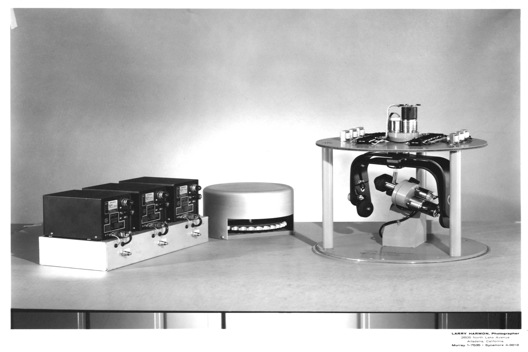 Shortly after the Lick Observatory contracts, Boller and Chivens teamed with Josef Nunn Associates to design and manufacture a 36-inch fork type telescope mount. The telescope was initially called “A Light Bucket.” It is unknown where this telescope is now located. It would be the earliest complete telescope manufactured by Boller and Chivens.
Shortly after the Lick Observatory contracts, Boller and Chivens teamed with Josef Nunn Associates to design and manufacture a 36-inch fork type telescope mount. The telescope was initially called “A Light Bucket.” It is unknown where this telescope is now located. It would be the earliest complete telescope manufactured by Boller and Chivens.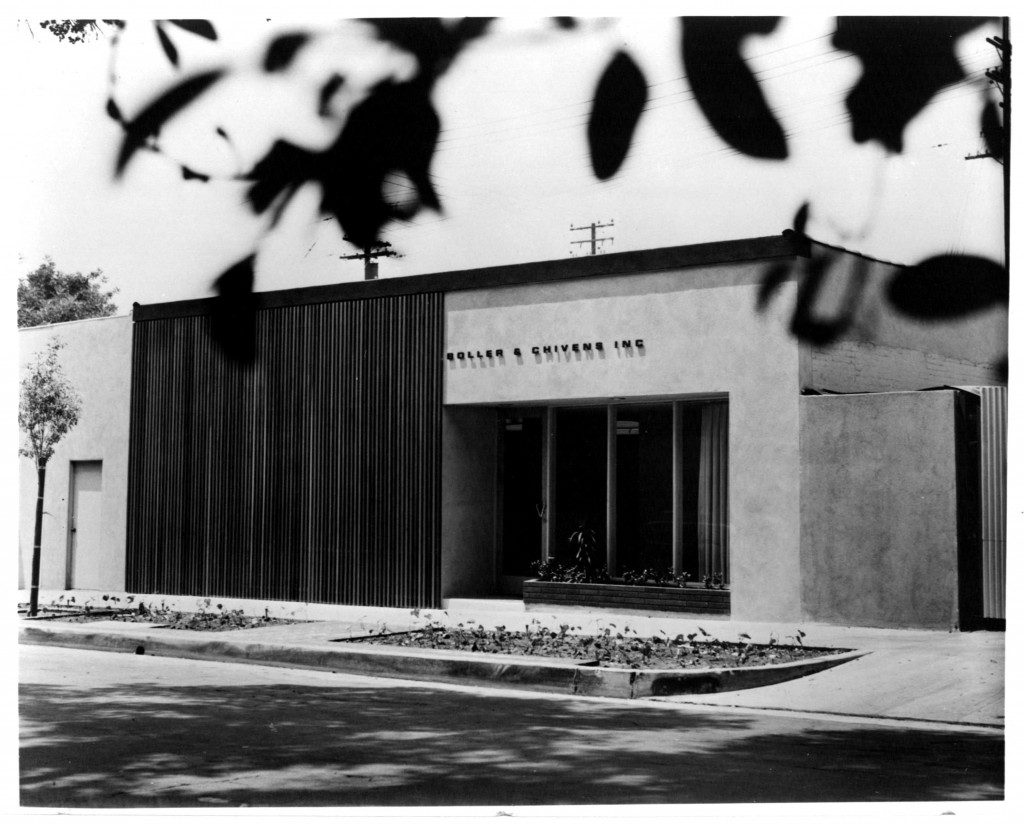

 Frequent open houses were held for visitation and public display of Boller and Chivens products. Completed 40 inch telescope on display
Frequent open houses were held for visitation and public display of Boller and Chivens products. Completed 40 inch telescope on display